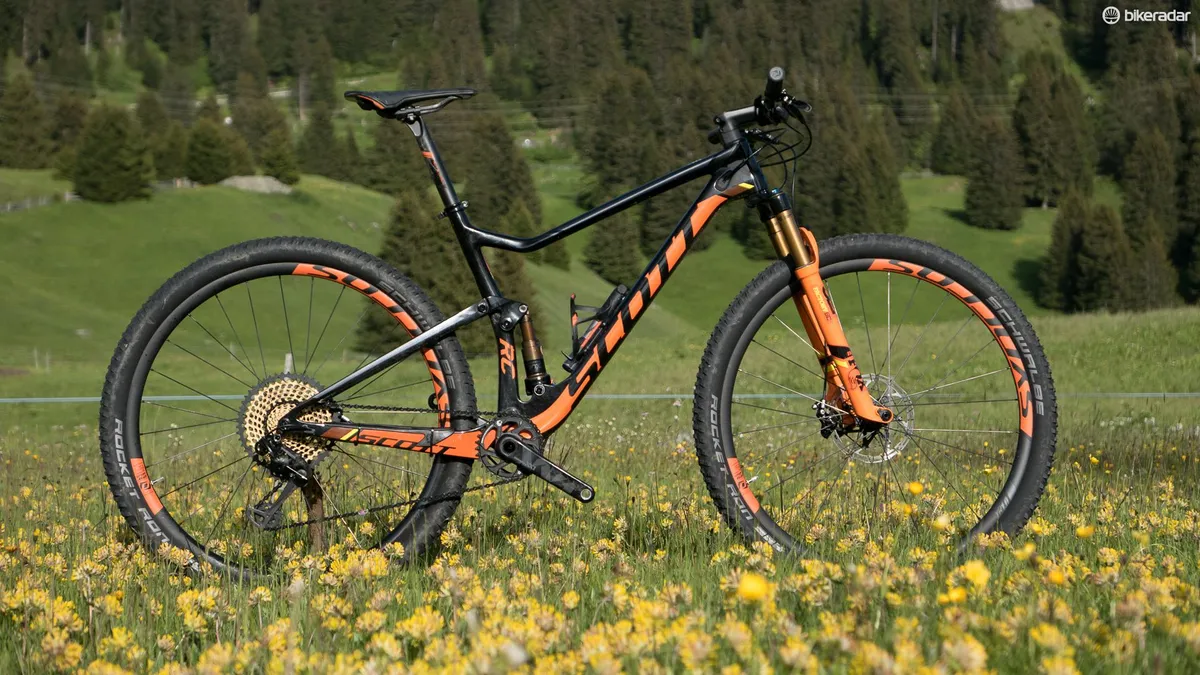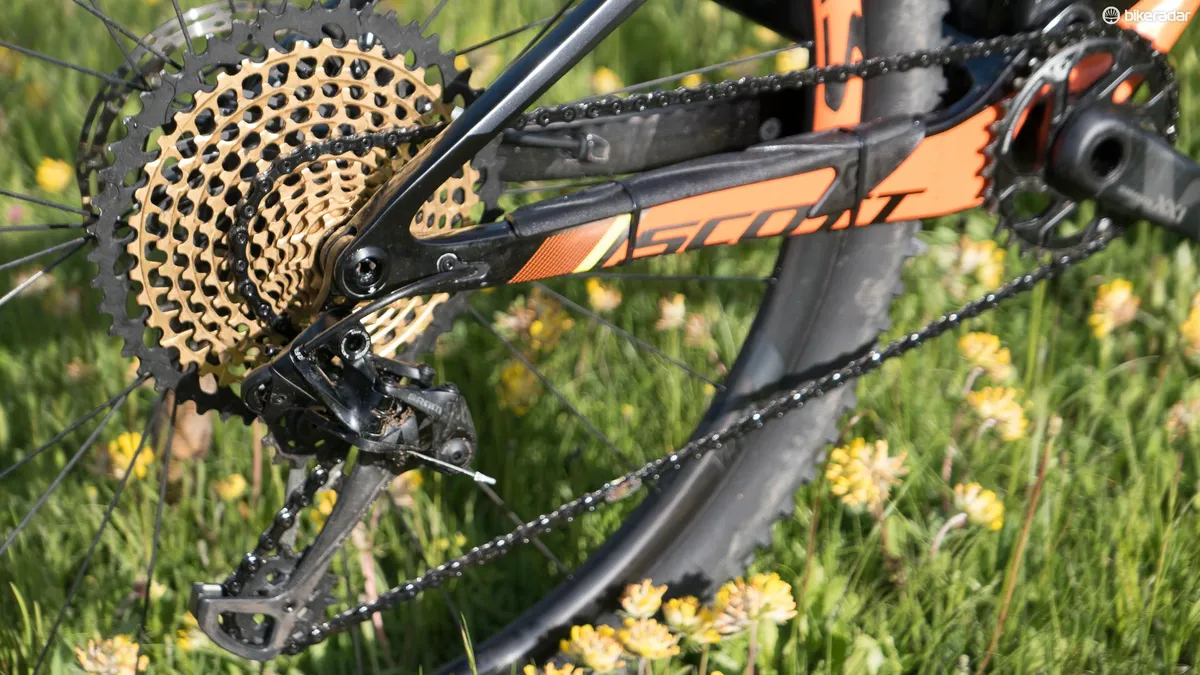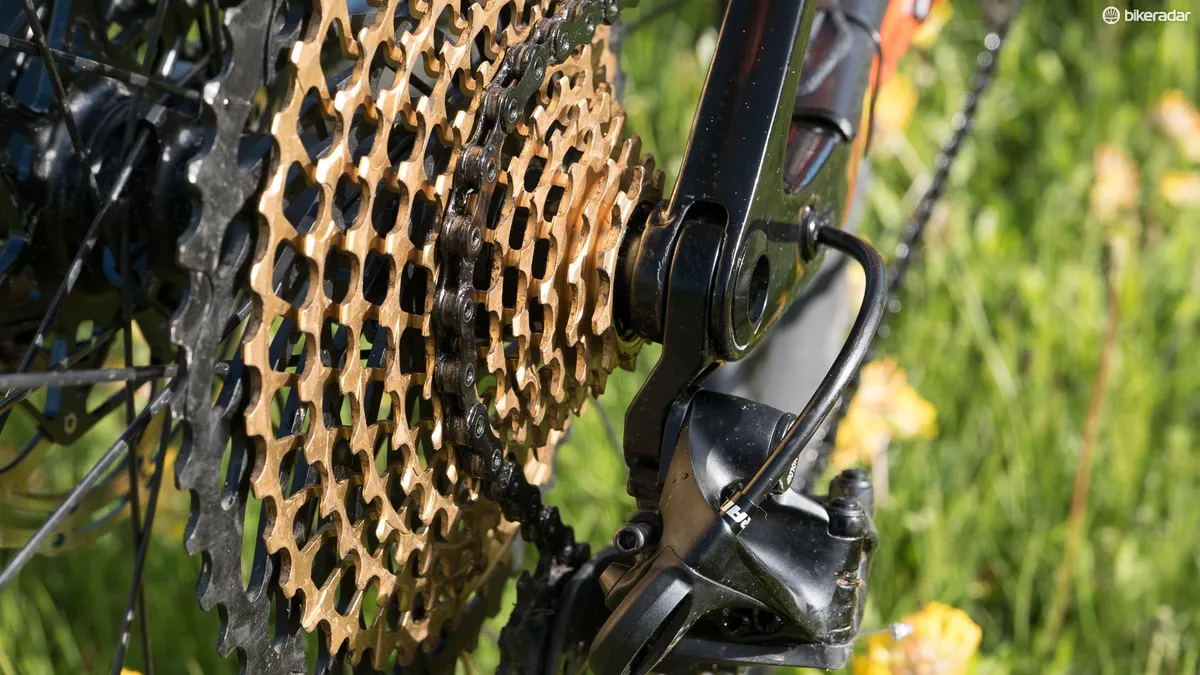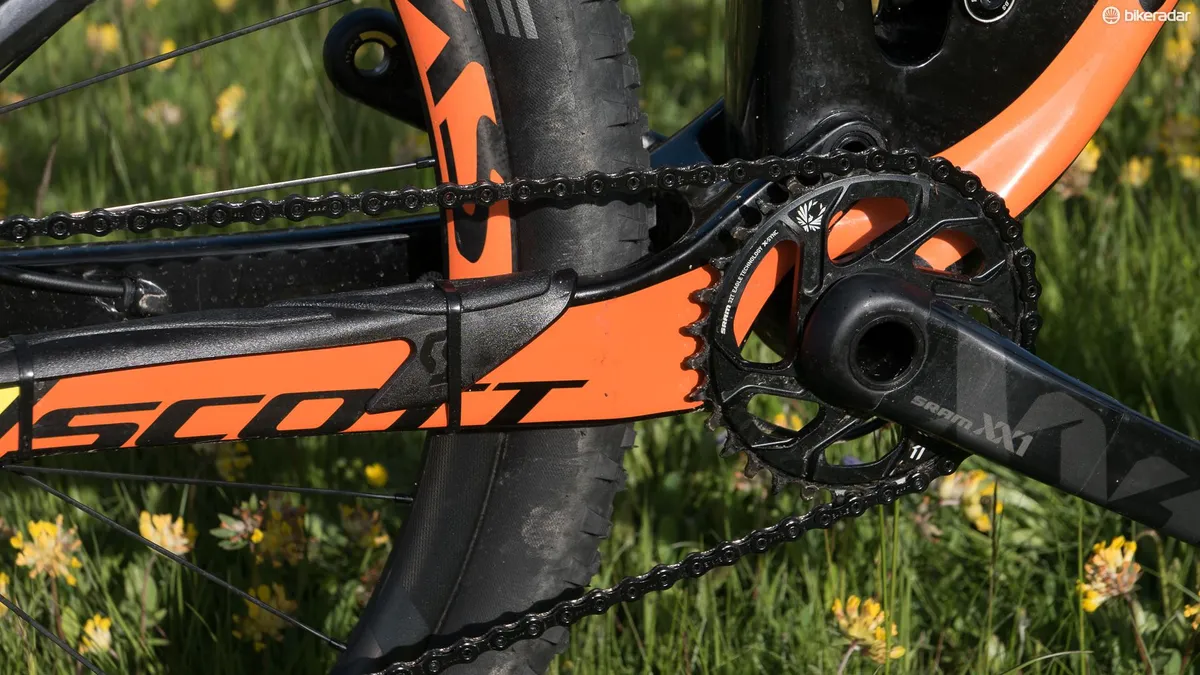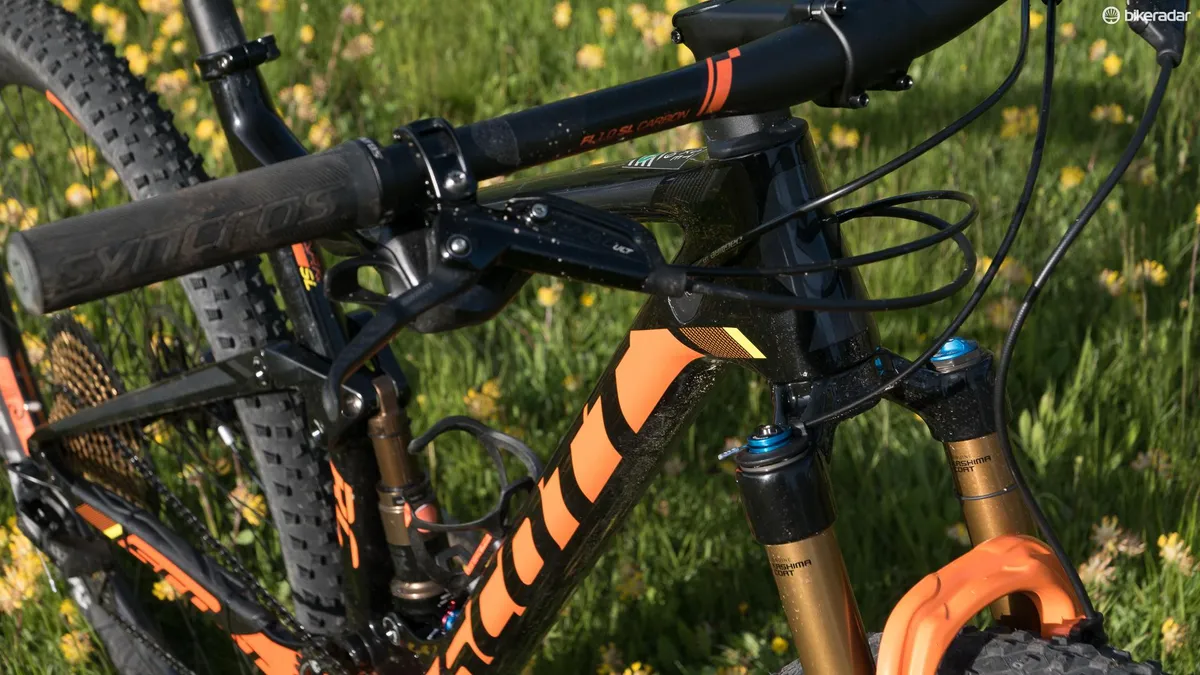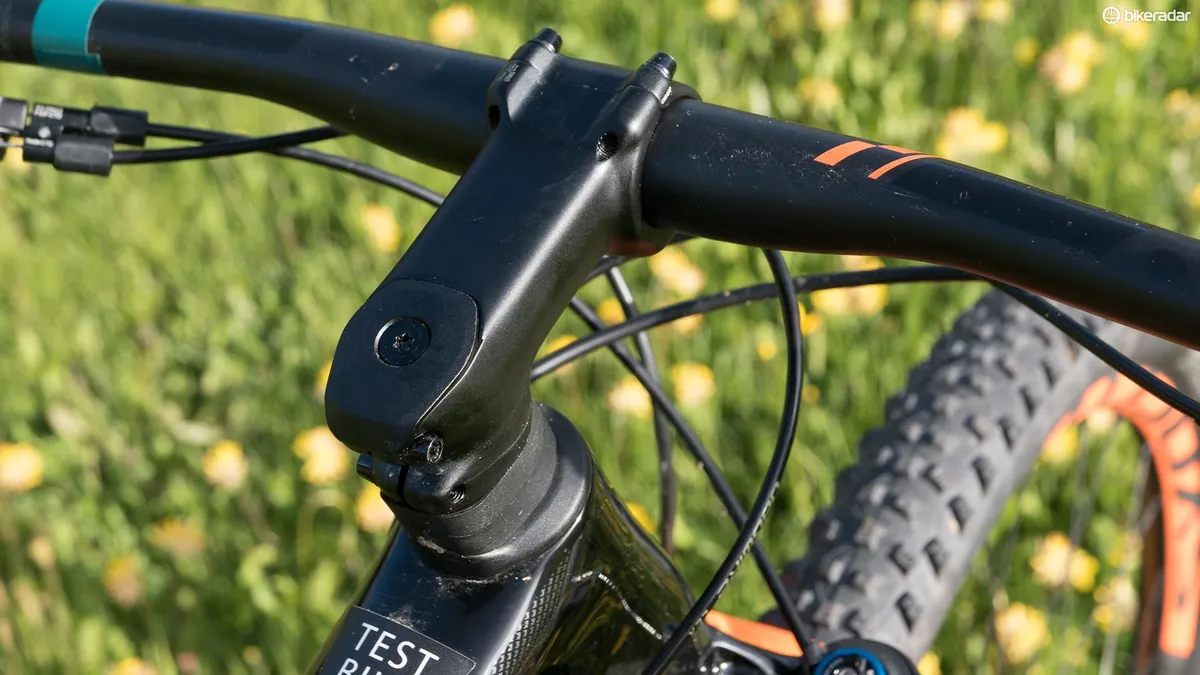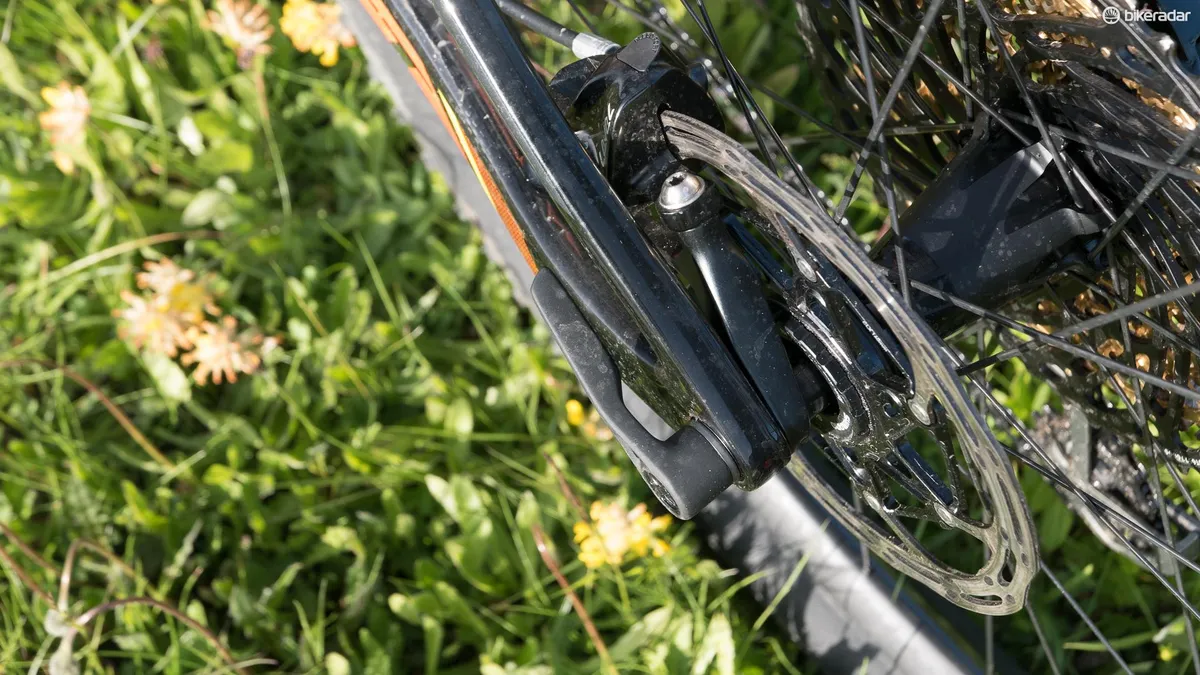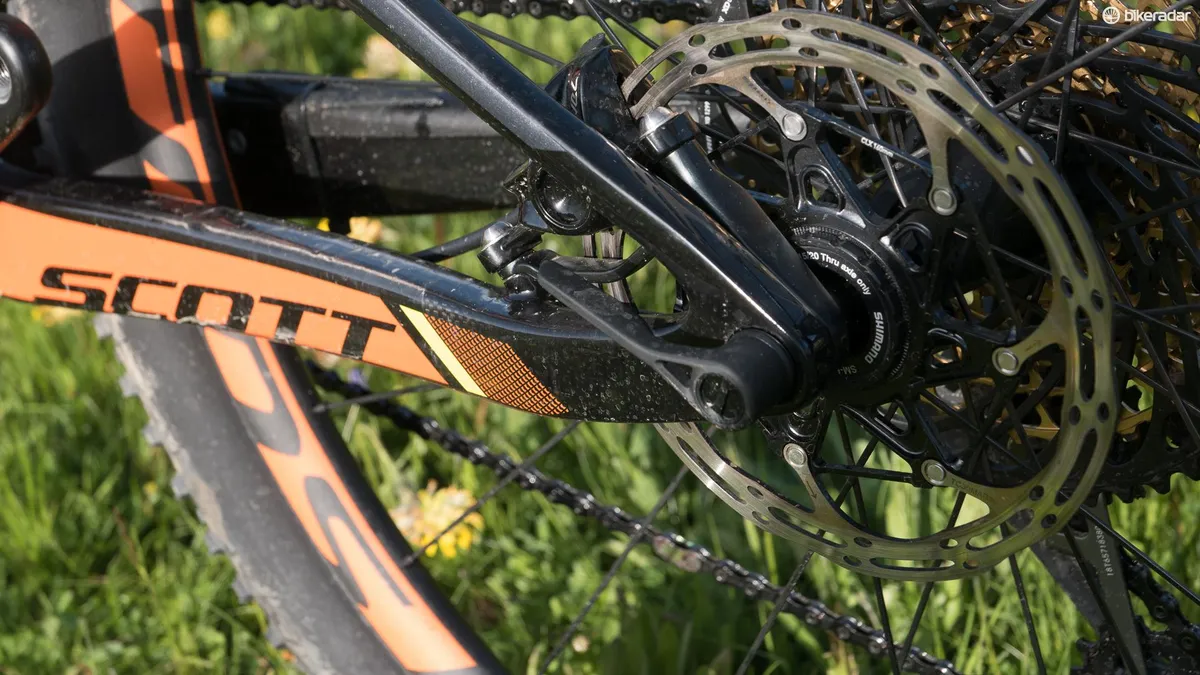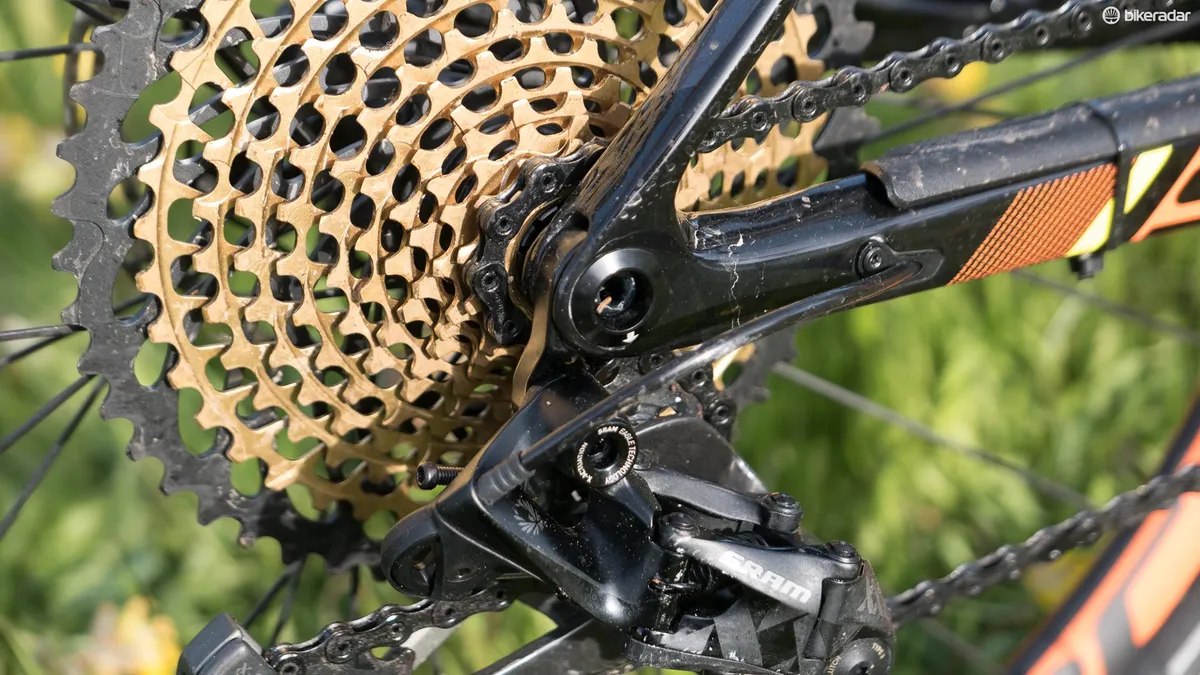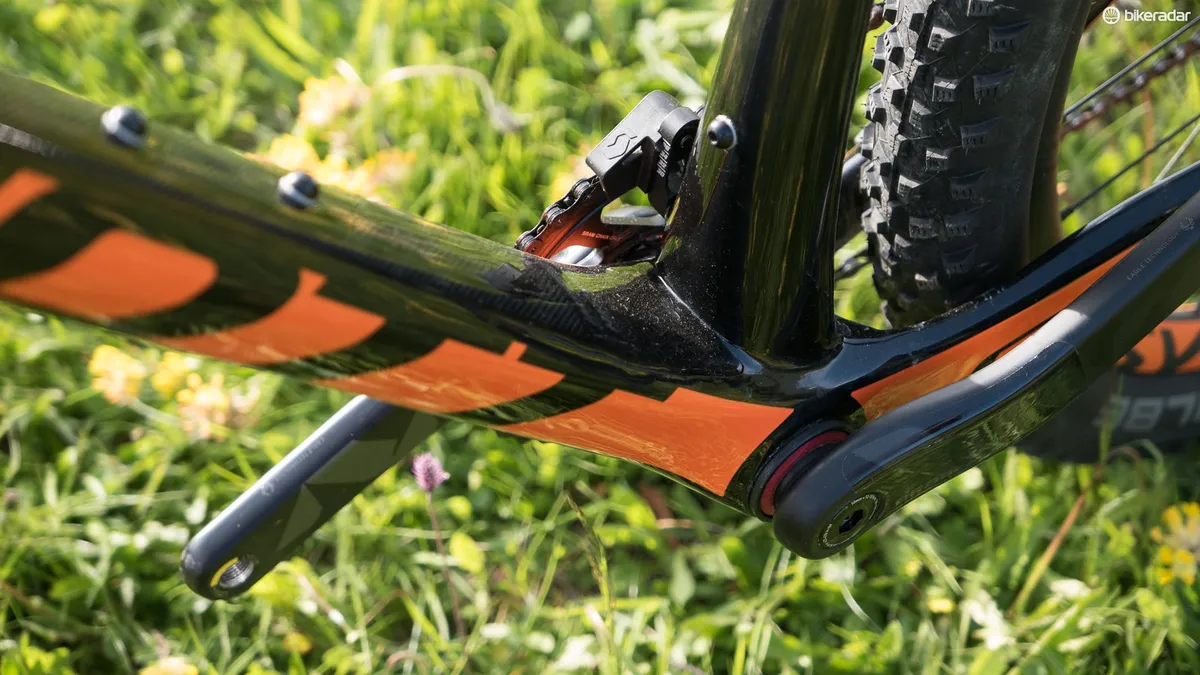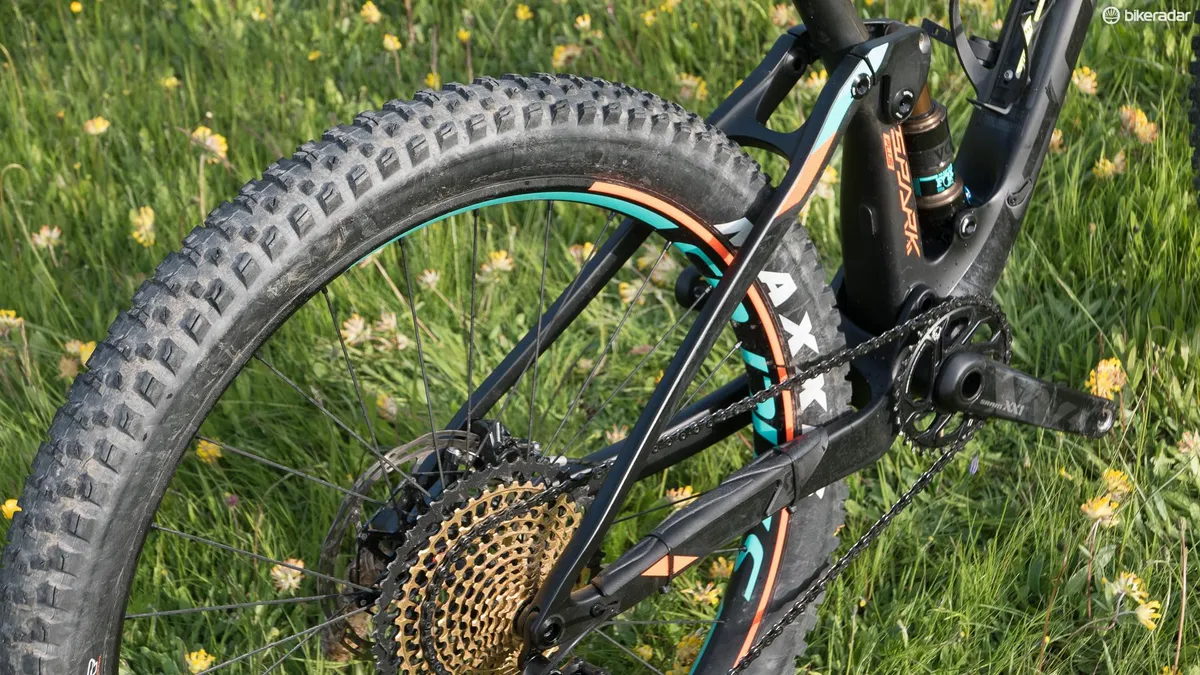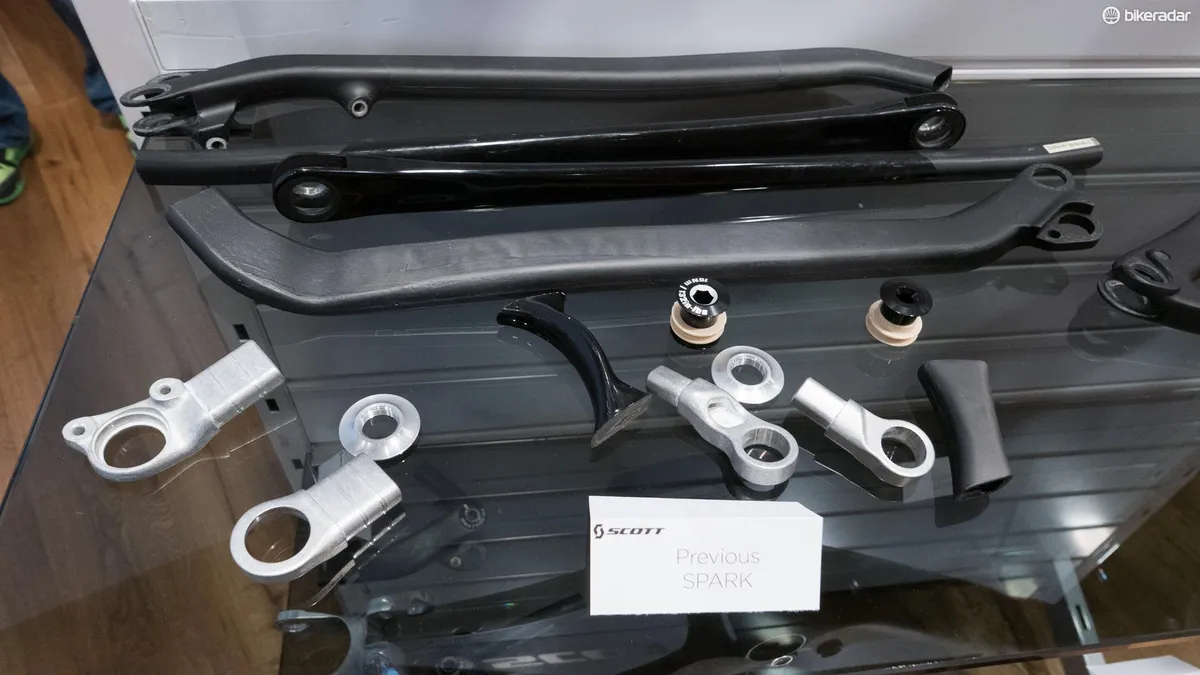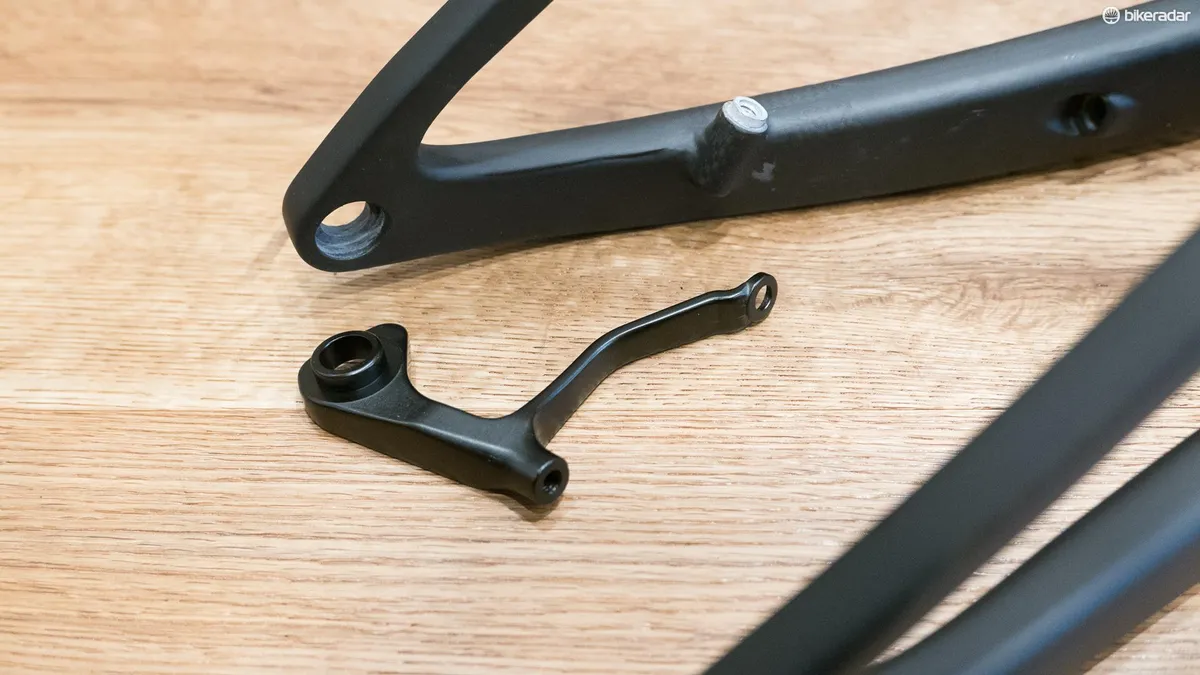Scott’s current Scale hardtail and Spark full suspension cross country machines are no slouches when it comes to weight or performance; quite the opposite in fact. That hasn’t stopped the Swiss firm from completely redesigning the range for 2017, with an all-new suspension design for the Spark and radically different composite construction on both bikes.
- Nino Schurter's Scott Spark 700 RC with SRAM Eagle
- Which is faster: hardtail or full-suspension?
- Scott Spark Ultimate Di2 review
The timing is no coincidence either, with their Swiss racer Nino Schurter gunning for Olympic glory in Rio later this year.
It’s unfair to the amount of work Scott has done to say that there are just two new bikes however, as both the 120mm travel Scale and Spark come with your pick of 27.5in, 29er or plus-sized options, with even lighter, 1x specific, 100mm travel race-ready RC models of the non-Plus bikes too.
Add the more affordable alloy models to the carbon-framed ones and it’s quite a staggering line-up. But it does mean that whatever your focus, from fast trail riding to all-out XC racing, Scott reckons it'll have a bike to suit you.
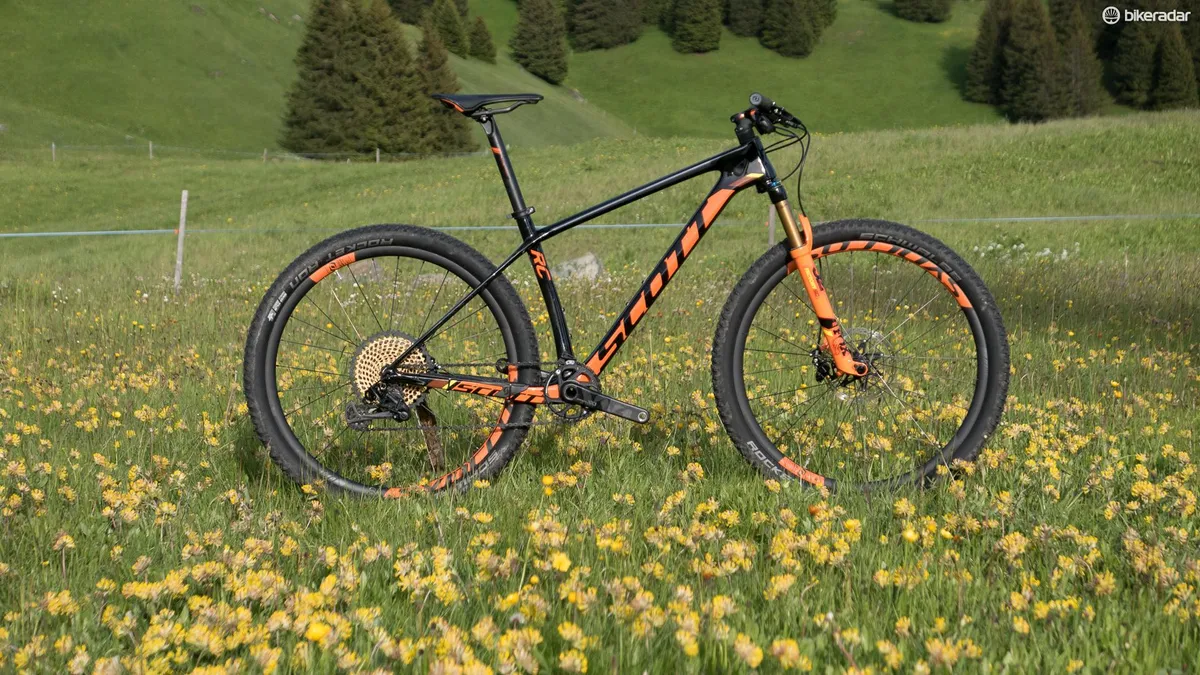
While every brand likes to claim that the way it constructs and uses composites in its frames is better than rivals, both new bikes use some genuinely innovative techniques and design touches to help shave every possible bit of weight from the bikes.
Lightweight is very much what these machines are too, with a claimed weight of just 849g for a medium Scale RC 700 SL frame and 1749g for the Spark RC 700 SL, including shock and all necessary hardware.
Spark of genius
A major reason for the low weight of the Spark is that Scott has completely changed the suspension layout. Instead of having the shock mounted to the top tube, it’s now attached to the bottom bracket area.
As the bottom bracket area is overbuilt anyway to deal with all the forces being put through it, it requires less additional strengthening to cope with the shock mounting than the top tube does.
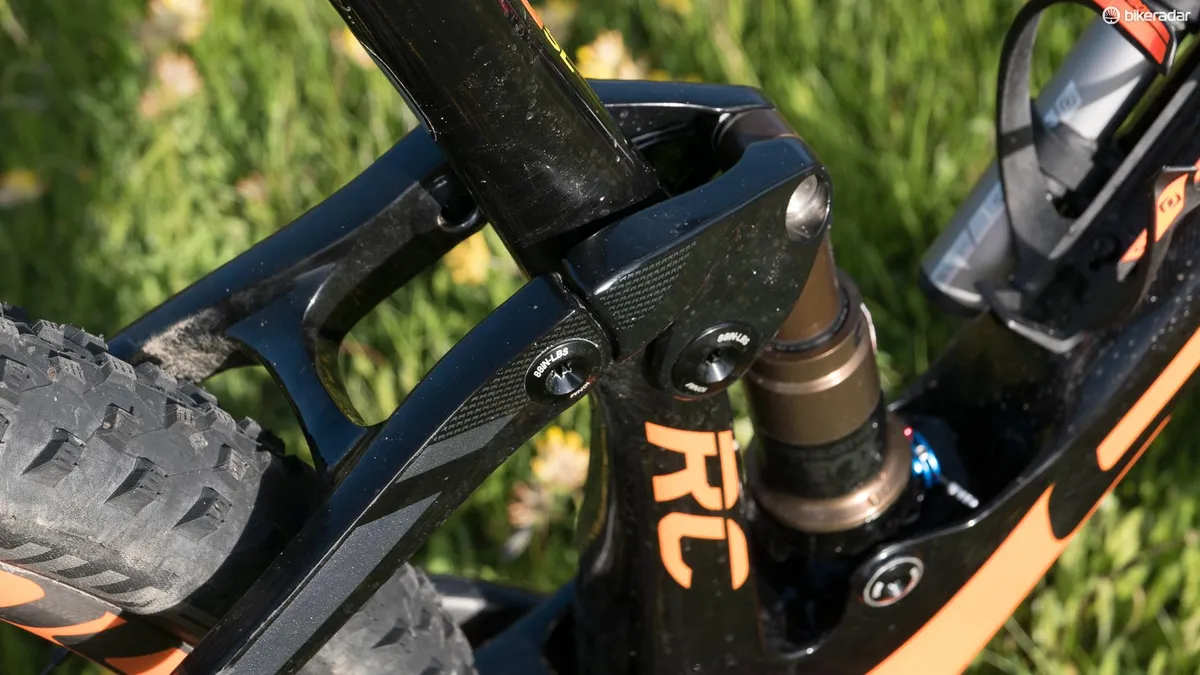
Scott has also done away with having a pivot on the seatstay, instead allowing the carbon stays to flex as the suspension moves through its travel. Scott reckons that this doesn’t affect the suspension in any adverse way, only adding around 15-20kg to the force needed to bottom out the shock.
To help achieve the flex, the disc brake mount doesn’t bridge across the seat and chain stays, instead mounting to a carrier that fixes to the axle at one end and the chainstay at the other, allowing them to move unhindered. It also means the whole rear end of the Spark can be made using just two carbon mouldings, which are then bonded together. It’s a much more complex and expensive way of doing things, but it’s much lighter.
The chainstay sections are also now considerably deeper than on the old bike, improving pedalling stiffness. By getting rid of the E-type derailleur mount and moving to a high direct mount on the 2x compatible bikes, Scott has been able to increase the width of the pivot and also make the tube profiles much smoother and therefore stronger.
The attention to detail is such that the 1x specific RC bike has a totally different chainstay section and pivot area than even the 2x bike. It was easy to get the feeling that the engineers would have been happy to see the back of the front derailleur for good, but multi-ring drivetrains are still very big in some areas of the world, preventing them from doing this throughout the range.
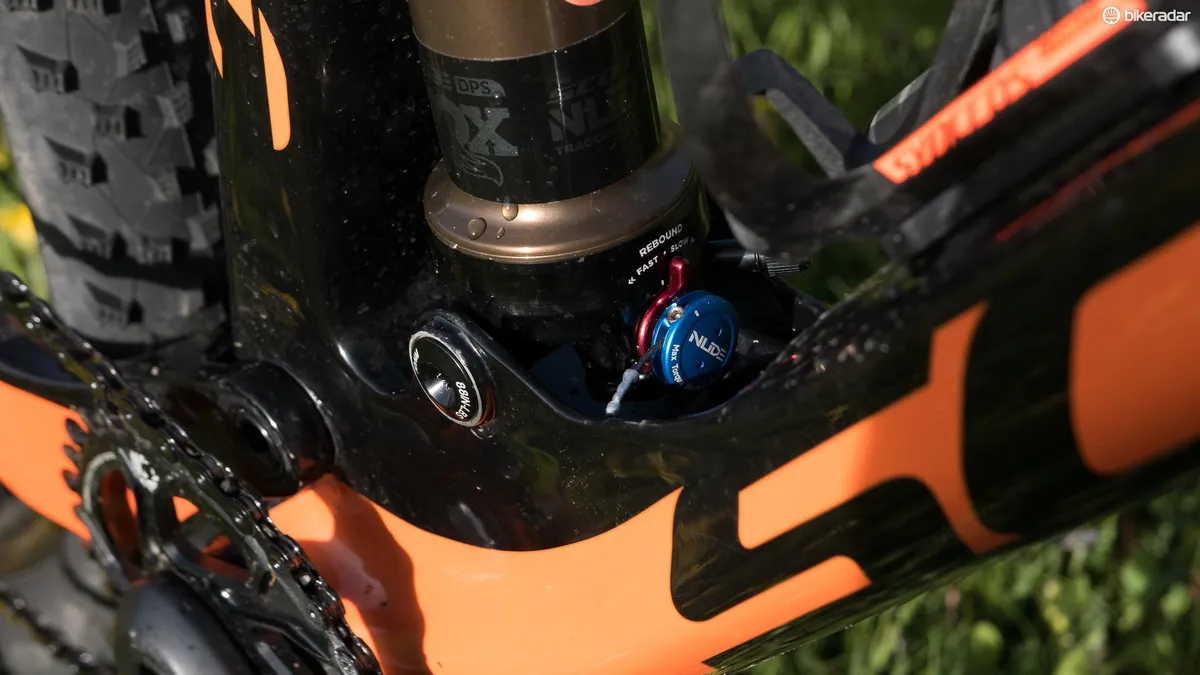
Scott has also moved to a metric sized trunnion mount version of its unique Fox Nude shock. It retains the ability to change the travel on the fly from the 120mm to 85mm ( 100mm to 70mm on the RC bike) or have it fully locked out, but it allows a much shorter overall shock for a similar stroke.
It also means it mounts to the down tube more cleanly, matching the diameter and requiring less material to attach it to. The new mounting also allows for a much more supple initial stroke that ramps up harder to give more support at the end of the stroke.
On the Scale hardtail, engineering flex in just the right place is even more important to deliver comfort. A lot of work was done with computer modelling software to ensure that the rear end of the bike was compliant both when seated and when pedalling. The software is so advanced it can predict how different layups will perform without having to go and physically make them, speeding up prototyping considerably.
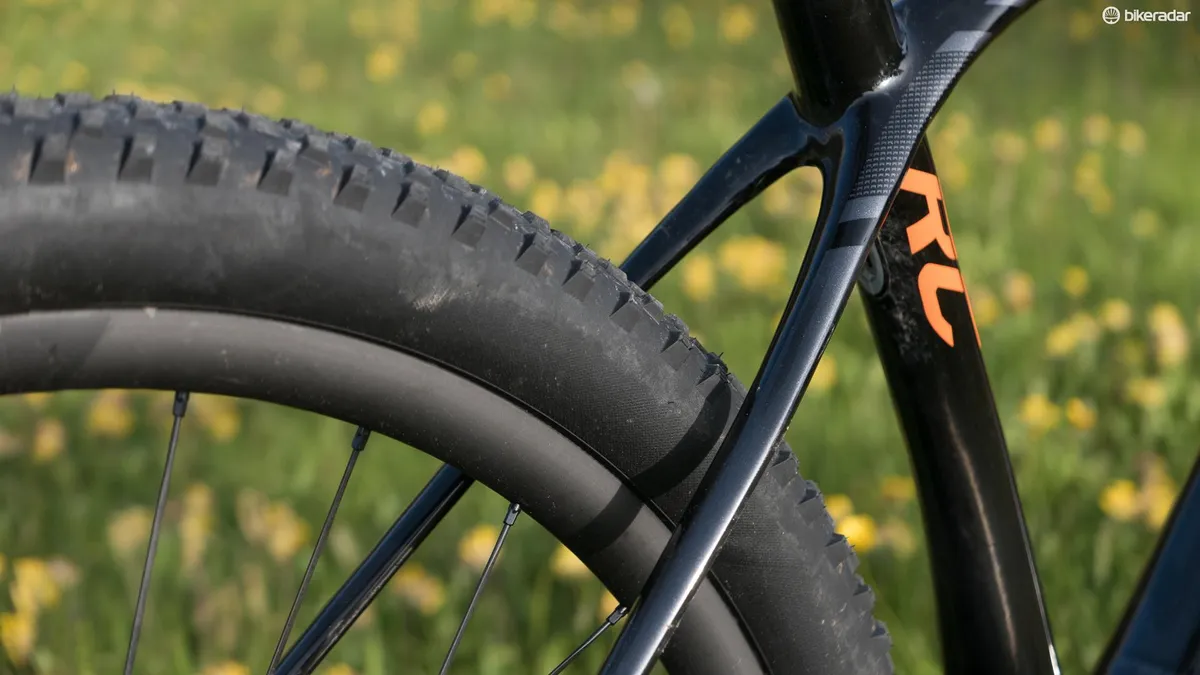
Having a slight kink in the seat tube means that Scott can control exactly where the bending moment initiates when the rider is sitting down, ensuring that the thin stays are loaded as designed. Conversely, engineers discovered that to give comfort when out of the saddle, they needed to allow the seatstays to bow outwards and designed them to allow this to happen.
According to Scott, the new bike is 35% more comfy than old Scale when seated, and 27% more compliant when standing.
Special brew
On the very high end RC frames, Scott is now using a mixture of very specialist grades of carbon, dubbed HMX-SL, with the different properties of each kind being used in a range of ways. Extremely stiff YS-60 grade fibres are used in tapes that run down the down tube, creating a tough spine, while more ductile fibres are used elsewhere to improve durability.
Using more complex layups of the carbon sheets also means overall thickness and so weight could be reduced while still achieving the required stiffness and strength.
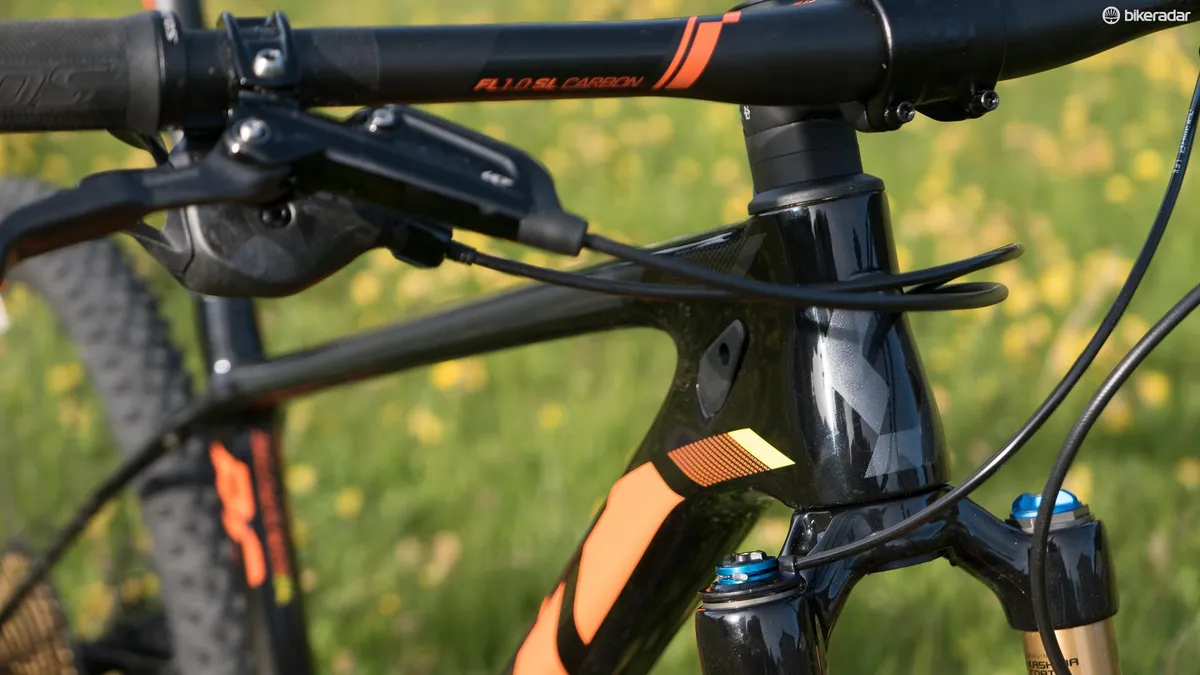
The geometry of the bikes has also been tweaked slightly, especially on the 29er Spark. Interestingly, Nino Schurter, long an advocate of 27.5, will be racing a big wheeled Spark.
With Schurter's bike already famous for its low front end, the new model has a tiny head tube, which allows him to get a height he’s comfortable with and still run large hoops. The bike has had some fairly significant changes to the head angle, which is 1.3 degrees slacker at 68.5 degrees, and the reach has grown by 17mm to 430mm.
Moving to the Boost axle standard has also allowed a shorter chainstay. The Scale also gets a similar longer and slacker treatment to bring it more up to date.
We’ve no word on pricing for the range of bikes yet, but we’ll update that as and when we do. In the meantime, be sure to have a flick through the gallery above for more details of the new bikes.
